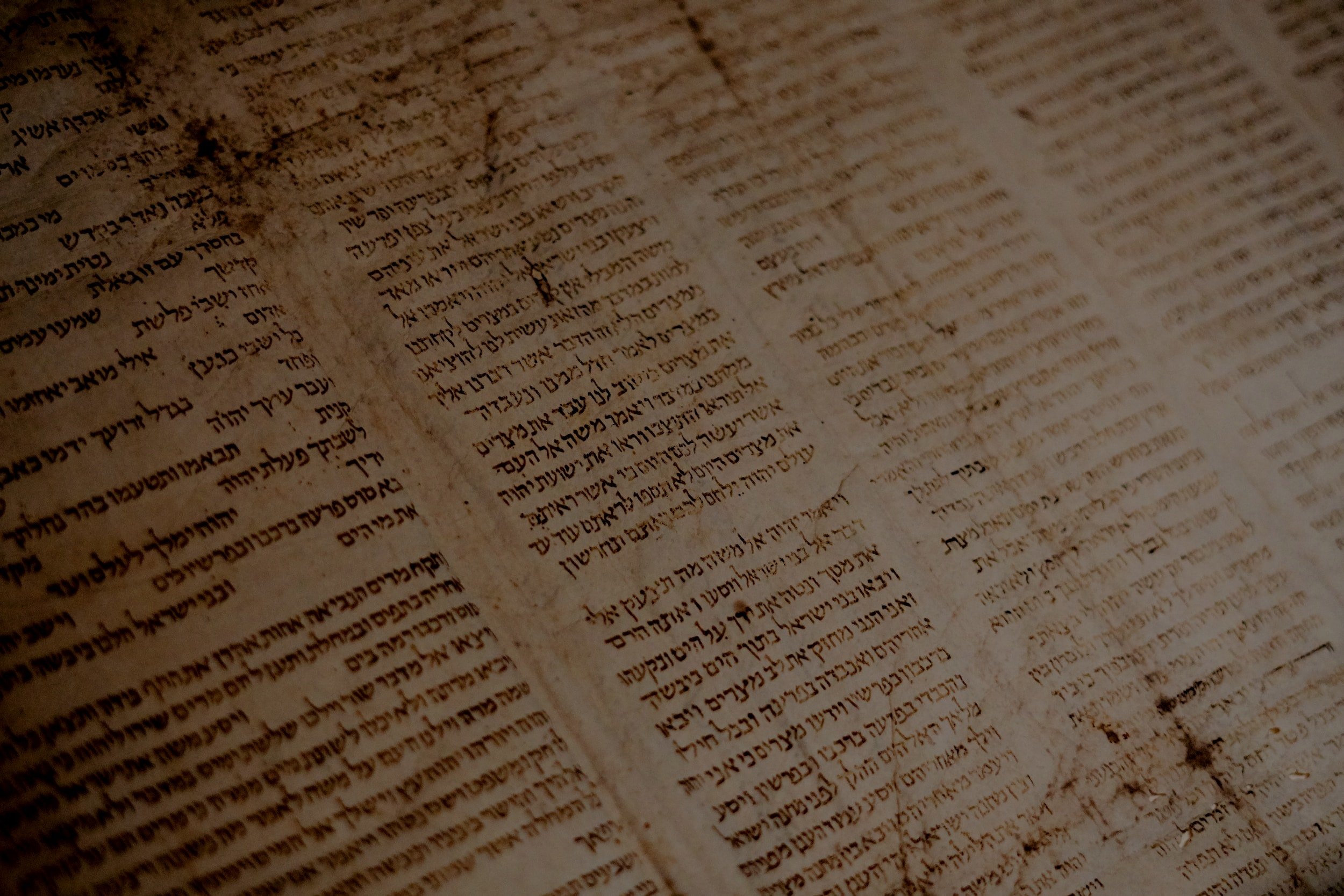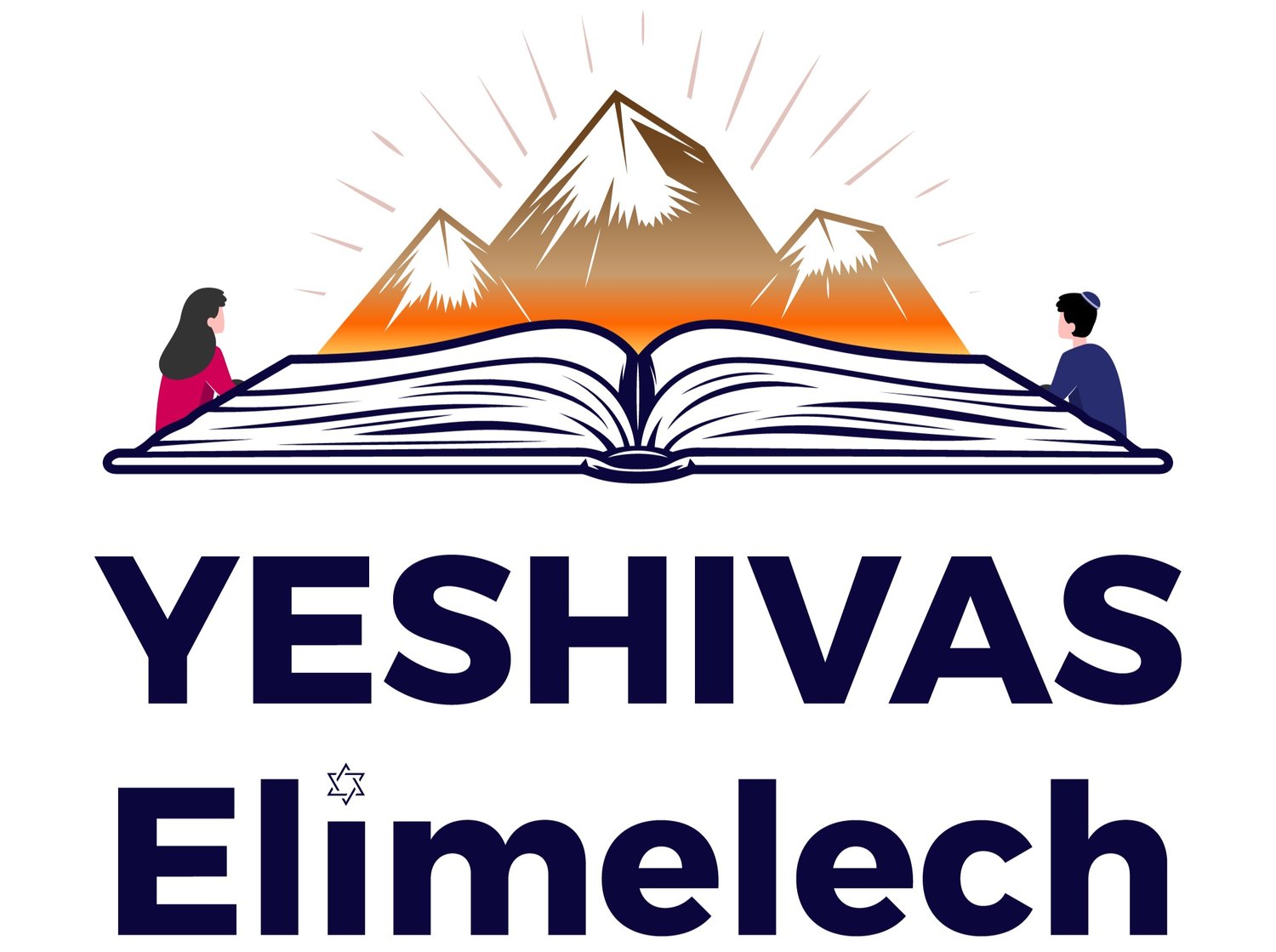
Crowns
By Deborah Kopp
The Rebbe, Shabbat Parshat Emor, 1990: “When one has carried out the services of the Torah, priesthood, and kingship, then sharing one’s qualities with others brings about a new crown which is higher than the other ones.”
I want to think about “crowns.” During the past few months, we have been studying Pirkei Avot on Shabbat afternoons. In Chapter 4:13, “Rabbi Yehuda says: Be careful in study, for an error in study is considered an intentional transgression. Rabbi Shimon says: There are three crowns: the crown of the Torah, the crown of the priesthood, and the crown of the monarchy—but the crown of a good name outweighs them all.
The Rebbe asks, why does it say three crowns and it leaves out the crown of a good name?
Shouldn’t it say four crowns? A good name is external, how people see us and what they call us. The Torah, the Kohen Gadol, and a king all hold lofty, spiritual internal attributes. How can our good names be greater than these?
From the Tzemach Tzedek’s explanations on Likutei Torah Shemini Atzeret: (found on Sefaria)
“…On Rosh Hashanah we draw down words of kingship. Yom Kippur is associated with the Crown of Priesthood because the Kohen Gadol [alone] enters the…Holy of Holies…And then, the third Crown of the Torah is associated with Shemini Atzeres, because it is the flow from above to below (i.e. the Torah is given to us from Hashem)….” So, by studying the Torah, and studying “carefully,” and by the doing of other mitzvot—because studying Torah leads to them all—this is where our “Crowns of Good Names” come from and how our good names stand alone.
I want to propose that we all wear crowns of our own. They are crowns that identify our responsibilities. Any crown or uniform or “yoke” can be afforded honor and respect if it is worn with Rachamim, Chesed, and Gevurah. A Crown that is worn to shoulder the burdens of position and/or authority is a heavy crown. Humility is essential in the deployment of these identifying symbols. Otherwise, a crown is just an ornament and vulnerable to abuse.
Through the careful study of Torah, we can learn the qualities and attributes of the three spiritual crowns. This is how a good name can come to embody all the spiritual crowns.
As we leave the chagim, I hope that we can all carry with us a renewed sense of purpose. In my study of the Tanya, which after ten years is only in its advanced beginner stage, I have learned that the Torah comes to us from beyond hashamayim, from a place we cannot really understand. So, we bring the teaching down to us through the doing of mitzvot and the continued study of the words. Whatever our status in life is, we can all put our crowns on, hold up our heads, and do our jobs with pride, kindness, mercy and strength. We are all kings and queens enhanced by our study and actions.
